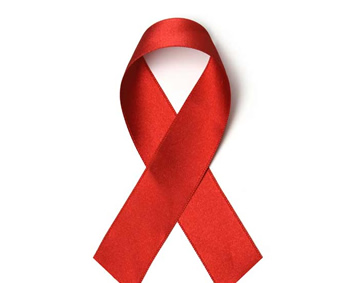

?This could be a game-changer for stopping inherited diseases.
In a scientific breakthrough that holds promise for anyone with genetic disease, scientists have successfully corrected a genetic mutation in a human embryo with gene editing, the Salk Institute for Biological Sciences reports.
The technique uses the CRISPR-Cas9 system, which specifically targets the mutated copy of a gene for repair. In this case, the mutated gene was MYBPC3—which causes hypertrophic cardiomyopathy, the thickening of the ventricle walls in your heart that can lead to cardiac arrest. It’s the most common cause of sudden death in otherwise health young athletes, and often causes no symptoms until it’s too late.
Researchers injected sperm from a man with cardiomyopathy along with the CRISPR technology into healthy donor eggs. The Cas9 enzyme cut the mutated gene, allowing the donor cells’ DNA-repairing system to fix the problem, the scientists said in a statement.
They discovered that 72 percent of the resulting embryos were free of the mutation, as they wrote in Nature.Perhaps even more importantly, the gene correction didn’t cause any detectable mutations itself, which has always been one of the biggest concerns voiced over the process.
“Our technology successfully repairs the disease-causing gene mutation by taking advantage of a DNA repair response unique to early embryos,” study author Jun Wu, Ph.D., said in the statement.
The scientists caution that the results are still very preliminary, and that more research must be done to make sure that no unintended effects occur as a result of the procedure down the line. But the results are certainly promising, and may hold a key for eventually curing thousands of diseases triggered by single-gene mutations.
What’s more, how the technique works seems to thwart the concerns that this gene-editing can lead to the production of “designer babies,” BBC reports.
That’s because the CRISPR technique damages the mutated gene, and allows for the healthy version to be copied from the other parent. That means, for now, one of the parents must have the healthy copy of the gene for the technique to work.
?This could be a game-changer for stopping inherited diseases. Read Full Story














Facebook
Twitter
Pinterest
Instagram
Google+
YouTube
LinkedIn
RSS